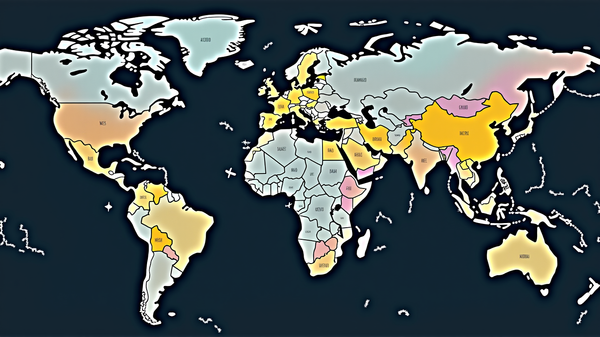Australia's Bold Step in Financial Security: Revamping the AML/CTF Framework!

Australia is embarking on a significant journey to overhaul its anti-money laundering and counter-terrorism financing (AML/CTF) compliance framework. With this major revision, the country sets its sights on fortifying financial security and aligning with modern standards. As NAB’s Anthony Hope remarks, it’s a “generational change,” bringing Australia’s approach to AML and CTF into the contemporary landscape.
Redefining Financial Boundaries
For the first time since 2006, Australia’s legislation is seeing an expansion, incorporating “Tranche 2 entities” like professional services. As the framework broadens its scope, it becomes imperative for entities previously outside the regulatory purview to adapt swiftly, ensuring compliance across various sectors.
Integrating Compliance into Core Structures
One of the standout changes involves embedding compliance more profoundly within organizational structures. This shift demands a cultural evolution within financial institutions, requiring a comprehensive re-engineering of processes to meet the updated requirements seamlessly.
Enhancing Information Sharing
Modernized tipping-off provisions are set to revolutionize how information is shared among financial institutions and regulators. According to Anthony Hope, this enhancement will undoubtedly facilitate better coordination, thus bolstering efforts to mitigate financial crimes.
Facing Compliance Challenges Head-On
The new framework doesn’t come without its hurdles. Australian financial institutions must navigate the complexities of the travel rule and enhance customer due diligence protocols. As Hope notes, these changes alter the landscape of customer risk management, urging banks to innovate their approach to compliance.
AUSTRAC’s Dual Regulatory Role
Australia’s approach features AUSTRAC, serving both as a financial intelligence unit and a supervisory regulator. This dual role brings unique dynamics to compliance, influencing strategy and execution for institutions committed to adhering to the framework’s stringent standards.
As Australian banks and other financial entities prepare for the March 2026 deadline, the nation stands at the cusp of a new era in financial security. According to BankInfoSecurity, this monumental shift will redefine how institutions combat money laundering and terrorism financing, ensuring a safer and more transparent financial environment for all.





